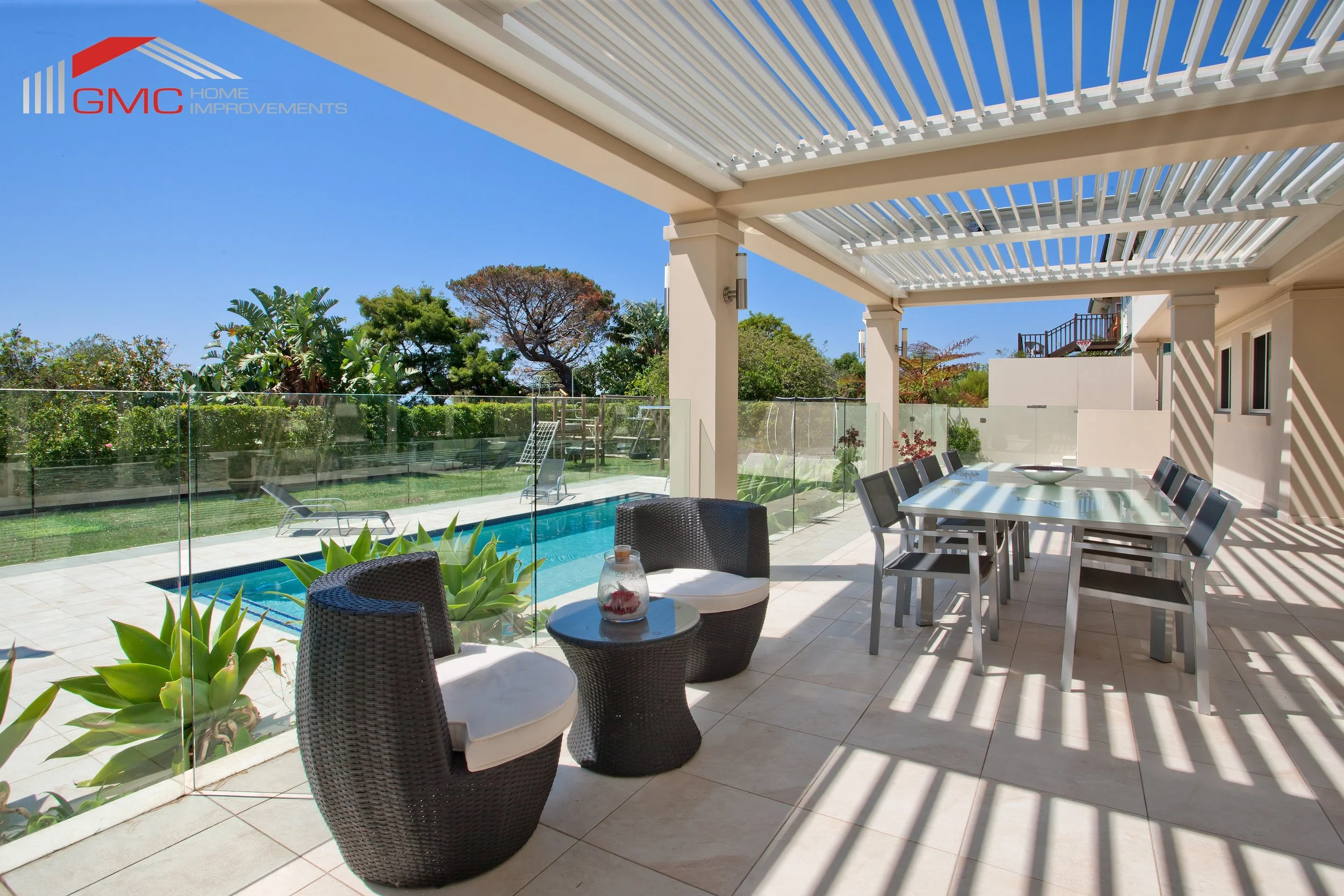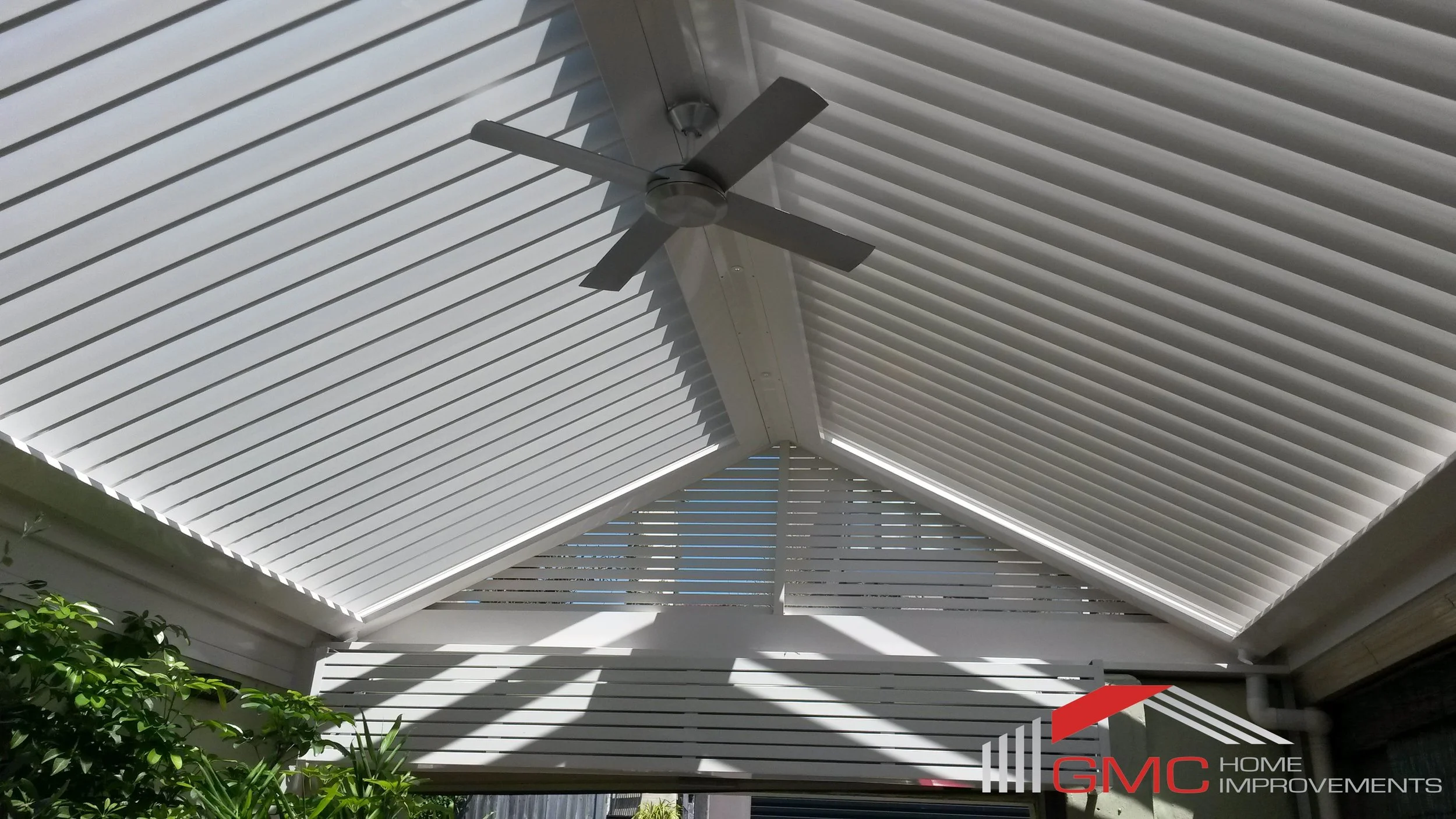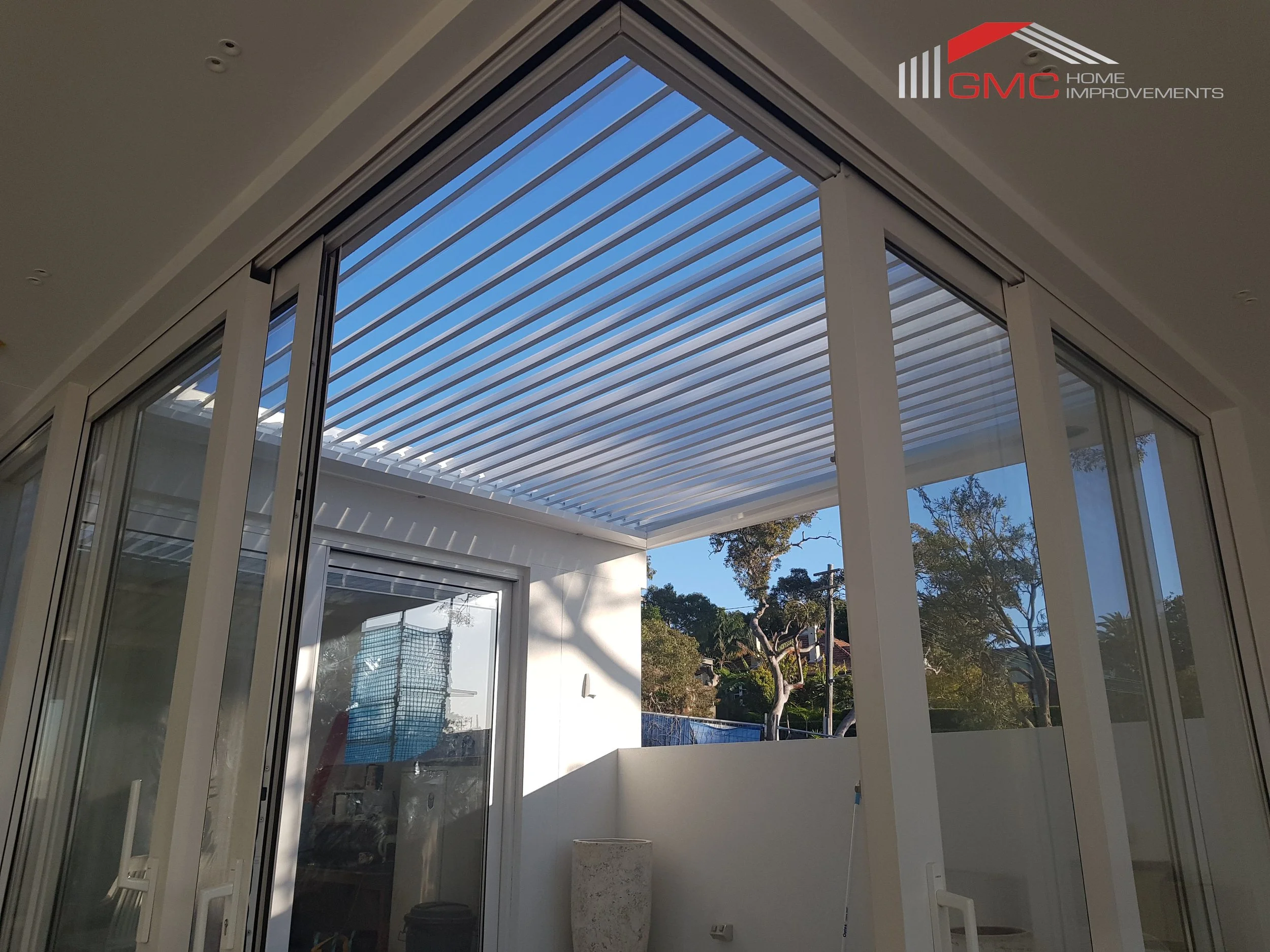Eco-Friendly Patio Designs: Sustainable Practices for Your Outdoor Space
As the world becomes increasingly aware of the importance of environmental sustainability, homeowners are looking for ways to incorporate eco-friendly practices into their daily lives. One area where this can be achieved is in patio design. By incorporating sustainable materials, native landscaping, and eco-friendly design practices, you can create a beautiful and environmentally friendly outdoor space that not only enhances your home but also reduces your carbon footprint.
Sustainable Materials for Your Patio
When it comes to building or renovating your patio, the materials you choose can have a significant impact on the environment. Here are some sustainable options to consider:
Recycled Materials
Using recycled materials can significantly reduce waste and the demand for virgin resources. Here are some benefits of using recycled materials:
Reduced Waste: Recycled materials reduce the amount of waste sent to landfills and incinerators, conserving natural resources and reducing the need for new raw materials.
Conservation of Natural Resources: By using recycled materials, you reduce the demand for virgin resources, such as wood, metal, or plastic, which can help conserve natural resources for future generations.
Energy Efficiency: Recycling materials often requires less energy than producing new materials from raw resources, reducing greenhouse gas emissions and supporting a more sustainable future.
Unique Aesthetic: Recycled materials can add a unique and eco-friendly touch to your patio design, making it stand out from traditional patios.
Some popular recycled materials for patios include:
Recycled Glass: Recycled glass can be used for pavers, tiles, or decorative elements, providing a durable and eco-friendly surface.
Recycled Plastic: Recycled plastic can be used for outdoor furniture, decking, or decorative elements, offering a low-maintenance and sustainable option.
Recycled Metal: Recycled metal can be used for outdoor furniture, decorative elements, or even as a sustainable alternative to traditional pavers.
Sustainable Wood
Opting for sustainably sourced wood is crucial for maintaining the health of our forests and ecosystems. Here are some benefits of using sustainable wood:
Responsible Harvesting: Sustainably sourced wood ensures that forests are harvested responsibly, minimising deforestation and preserving biodiversity.
Certified Sourcing: Look for certifications like FSC (Forest Stewardship Council) or SFI (Sustainable Forestry Initiative) to ensure that your wood is sourced from responsibly managed forests.
Long-Term Durability: Sustainable wood is often more durable and long-lasting than non-sustainable options, reducing the need for frequent replacement.
Unique Aesthetic: Sustainable wood can add a natural and rustic touch to your patio Design, creating a cosy and inviting atmosphere.
Some popular sustainable wood options for patios include:
Reclaimed Wood: Reclaimed wood is salvaged from old buildings, barns, or other structures, reducing waste and preserving history.
FSC-Certified Wood: FSC-certified wood is sourced from responsibly managed forests, ensuring that the wood is harvested sustainably and does not contribute to deforestation.
Sustainably Sourced Hardwoods: Hardwoods like teak, ipe, or cedar can be sourced sustainably, providing a durable and long-lasting option for your patio.
Low-Maintenance Materials
Choosing materials that require minimal maintenance can reduce the need for frequent cleaning and replacement, making your patio more sustainable. Here are some benefits of using low-maintenance materials:
Reduced Maintenance: Low-maintenance materials require less cleaning, sealing, or replacement, reducing the time and resources needed to maintain your patio.
Increased Durability: Low-maintenance materials are often more durable and long-lasting, reducing the need for frequent repairs or replacements.
Improved Safety: Low-maintenance materials can reduce the risk of slips, trips, and falls by providing a smooth and even surface.
Cost-Effective: Low-maintenance materials can be more cost-effective in the long run, reducing the need for frequent repairs or replacements.
Some popular low-maintenance materials for patios include:
Composite Decking: Composite decking is made from recycled plastic and wood fibres, providing a durable and low-maintenance option for your patio.
Pavers: Pavers are made from natural stone, concrete, or brick, offering a low-maintenance and durable surface for your patio.
Gravel or Decomposed Granite: Gravel or decomposed granite can be used as a low-maintenance and permeable surface for your patio, reducing stormwater runoff and erosion.
Natural Stone
Natural stone is a durable and low-maintenance option for your patio's surface. Here are some benefits of using natural stone:
Durability: Natural stone is highly durable and can withstand heavy foot traffic and harsh weather conditions.
Low Maintenance: Natural stone requires minimal maintenance, as it is resistant to stains, cracks, and fading.
Unique Aesthetic: Natural stone can add a unique and natural touch to your patio design, creating a beautiful and inviting atmosphere.
Sustainable: Natural stone is a sustainable option, as it can be sourced locally and requires minimal processing.
Some popular natural stone options for patios include:
Flagstone: Flagstone is a type of natural stone that is often used for patios, providing a durable and low-maintenance surface.
Bluestone: Bluestone is a type of natural stone that is known for its durability and resistance to weathering, making it a popular choice for patios.
Fieldstone: Fieldstone is a type of natural stone that is often used for patios, providing a rustic and natural touch to your outdoor space.
By incorporating these sustainable materials into your Patio design, you can create a beautiful and eco-friendly outdoor space that not only enhances your living experience but also supports a more sustainable future.
Native Landscaping for Your Patio
Native landscaping is another crucial aspect of creating an eco-friendly patio. By incorporating native plants, you can:
Reduce Water Consumption: Native plants are adapted to the local climate and require less water, reducing your water bill and the strain on local water resources.
Support Local Ecosystems: Native plants provide habitat and food for local wildlife, supporting the local ecosystem and biodiversity.
Minimise Maintenance: Native plants are often low-maintenance and require less pruning, fertilising, and pest control, reducing the need for chemicals and preserving the natural balance of your patio's ecosystem.
Eco-Friendly Design Practices
In addition to sustainable materials and native landscaping, there are several eco-friendly design practices you can incorporate into your patio design:
Passive Solar Design: Design your patio to maximise natural light and heat, reducing the need for artificial lighting and heating. This can be achieved by orienting your patio to face south and using shading elements to block direct sunlight.
Rainwater Harvesting: Install a rainwater harvesting system to collect and store rainwater for irrigation, reducing your water consumption and reliance on municipal water supplies.
Energy-Efficient Lighting: Use energy-efficient lighting options, such as solar-powered lights or LED lights, to reduce your energy consumption and carbon footprint.
Composting: Incorporate a composting system into your patio design to turn food waste and yard trimmings into nutrient-rich fertiliser for your native plants.
Additional Tips for an Eco-Friendly Patio
Creating an eco-friendly patio is not only a great way to reduce your environmental impact but also to enhance your outdoor living experience. Here are some additional tips to help you create a sustainable and thriving outdoor space:
Use Mulch
Mulch is a simple yet effective way to improve the health and sustainability of your patio. Here are some benefits of using mulch:
Soil Moisture Retention: Mulch helps retain soil moisture, reducing the need for frequent watering and minimising evaporation. This is especially important in areas with low rainfall or during periods of drought.
Erosion Prevention: Mulch prevents soil erosion by holding it in place and reducing the risk of sedimentation in nearby waterways.
Weed Suppression: Mulch suppresses weed growth by blocking light and preventing seeds from germinating. This reduces the need for herbicides and other chemicals, making your patio a safer and healthier space.
Soil Temperature Regulation: Mulch helps regulate soil temperature, keeping it cooler in the summer and warmer in the winter. This promotes healthy plant growth and reduces the need for artificial heating or cooling.
Incorporate Permeable Surfaces
Permeable surfaces are designed to allow rainwater to filter through, reducing stormwater runoff and preventing erosion. Here are some benefits of using permeable surfaces:
Reduced Stormwater Runoff: Permeable surfaces reduce the amount of stormwater runoff, which can help prevent erosion and pollution in nearby waterways.
Improved Water Quality: By allowing rainwater to filter through, permeable surfaces help improve water quality by reducing the amount of pollutants and sediments that enter waterways.
Increased Groundwater Recharge: Permeable surfaces help recharge groundwater aquifers, which can improve local water supplies and reduce the need for municipal water.
Aesthetic Appeal: Permeable surfaces can be designed to be visually appealing, adding texture and interest to your patio design.
Create a Wildlife-Friendly Space
Creating a wildlife-friendly space is an essential part of creating an eco-friendly patio. Here are some ways to incorporate wildlife-friendly features:
Native Plants: Incorporate native plants into your patio design to provide habitat and food for local wildlife.
Birdhouses and Feeders: Install birdhouses and feeders to support local bird populations and provide a source of entertainment for you and your family.
Bee Hotels: Incorporate bee hotels or insect-friendly plants to support local pollinators and maintain ecosystem health.
Water Features: Incorporate water features like birdbaths or small ponds to provide a source of water for wildlife and create a soothing atmosphere.
Monitor and Adjust
Regularly monitoring your patio's ecosystem and adjusting your design and maintenance practices as needed is crucial for ensuring the health and sustainability of your outdoor space. Here are some tips for monitoring and adjusting:
Observe and Record: Regularly observe your patio's ecosystem and record any changes or issues that arise. This will help you identify areas that need improvement.
Adjust Your Design: Based on your observations, adjust your patio design to better support local ecosystems and biodiversity.
Maintain Your Space: Regularly maintain your patio to ensure that it remains healthy and sustainable. This includes tasks like pruning, watering, and composting.
Adapt to Climate Change: As climate change affects local ecosystems, be prepared to adapt your patio design and maintenance practices to ensure the health and sustainability of your outdoor space.
By incorporating these additional tips into your eco-friendly patio design, you can create a thriving and sustainable outdoor space that not only enhances your living experience but also supports local ecosystems and biodiversity.
Conclusion
Creating an eco-friendly patio is not only good for the environment but also enhances your outdoor living experience. By incorporating sustainable materials, native landscaping, and eco-friendly design practices, you can create a beautiful and environmentally friendly outdoor space that not only reduces your carbon footprint but also supports local ecosystems and biodiversity. With these tips and practices, you can enjoy your patio while also doing your part for the planet.



